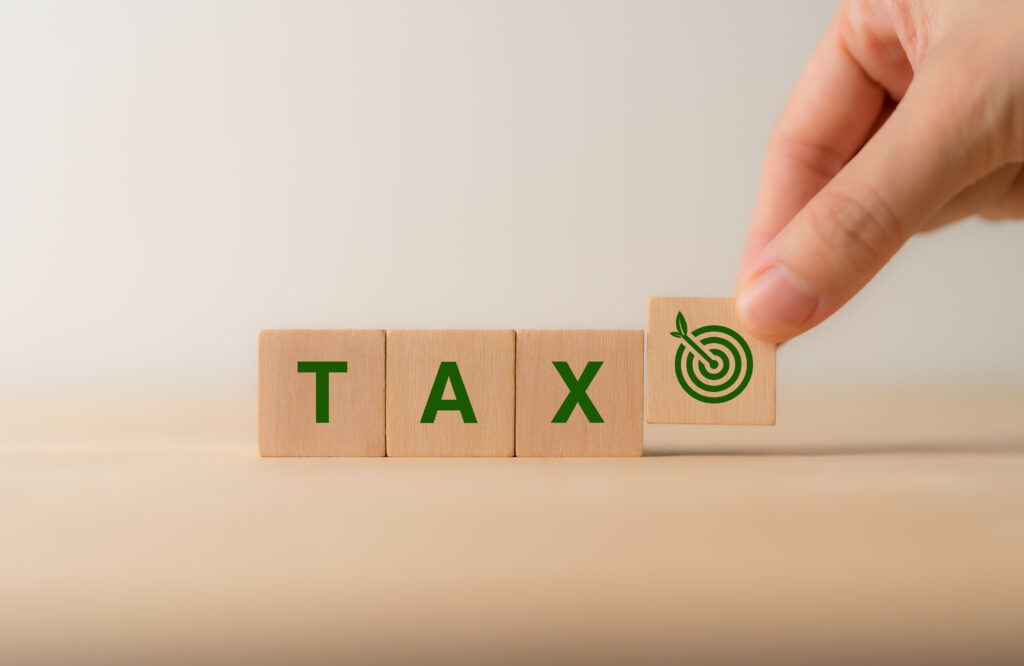Cost Segregation for Commercial Properties: Offering Tax Benefits for Real Estate Investors
Real estate investments are popular for numerous reasons, from diversifying a portfolio to earning passive income and building capital. Many investors also benefit from the tax breaks, including deductions.
Cost segregation is often utilized to assist in the acceleration of depreciation for commercial real estate to reduce tax liability and boost cash flow. The process is designed to identify all construction-related costs that can be depreciated over a shorter tax life (typically five, seven and 15 years) than the building (27.5 years for residential buildings and 39 years for non-residential property).
Depreciation is the mechanism used to record the use of an item over its life until the value of the item is zero. It represents the estimated cost associated with the physical deterioration of a property’s condition.
A program sanctioned by the Internal Revenue Service (IRS), cost segregation is used to identify property components that are considered personal property or land improvements under the federal tax code. It categorizes various building components for depreciation as individual assets rather than the entire property. The idea is that most non-structural components of a property deteriorate more quickly than the building itself, allowing them to be depreciated at a faster rate.
The best time to enlist the services of a business experienced in cost segregation studies is during the year a commercial property is constructed, purchased or remodeled. However, such studies can be conducted at any time during property ownership, even if the structure was purchased years ago.
Cost segregation studies consist of four steps:
- Feasibility analysis
- Collection of property information
- Property analysis
- Report completion
How Does Cost Segregation Benefit Commercial Property Owners and Investors?
For some commercial property owners, the biggest advantage of a cost segregation study is the enhanced cash flow it offers because the funds can be used to purchase more property, reinvest in current properties or pay off their principal building payment. Others use the process to reduce their tax liability, lower local realty-transfer taxes or defer federal and state income taxes.
Completing a cost segregation study can result in savings of more than 20 percent on taxes for the depreciation of those non-structural assets. And, reclassifying eligible assets to a shorter life property often ranges anywhere from ten to 40 percent of the depreciable cost basis.

What Type of Commercial Properties Are Eligible for a Cost Segregation Study?
Most any type of commercial property qualifies for a cost segregation study, although it is not recommended for structures under $200,000. Office buildings and multi-family properties typically consist of more short-life assets than industrial structures, and manufacturing and medical properties often are eligible for five-year deductions.
Commercial properties undergoing a cost segregation study must qualify for depreciation under the United States’ Modified Accelerated Cost Recovery System (MACRS). This process does not apply to commercial structures built, bought or renovated before 1986.
Examples of commercial properties eligible for a cost segregation study include:
- Shopping centers
- Chain stores
- Restaurants
- Grocery stores
- Gas stations
- Hotels/motels
- Apartment complexes
- Medical facilities
- Warehouses
- Factories
- Industrial plants
How are Commercial Property Assets Categories in Cost Segregation Studies?
Almost all cost segregation studies utilize four main categories: personal property, land improvements, building components and land. There must be a distinction between a building’s structural components and tangible personal property.
Most personal property is depreciated using a five- or seven-year recovery period, while land improvements utilize a 15-year period. A commercial property’s roof and walls are considered part of the structure itself and are classified as 39-year real property. Land assets are not depreciated at all.
| Personal Property 5- or 7-year depreciation | Land Improvements 15-year depreciation |
|---|---|
|
|
Note: These are only examples; this is not a comprehensive list of assets.
What Does the Section 179D Tax Deduction Have to Do with Cost Segregation Studies?
An energy tax deduction provided by the U.S. government for commercial buildings, Section 179D can be utilized by building owners who place in service an energy-efficient commercial building property (EECBP) or an energy-efficient commercial building retrofit property (EEBRP). Allowed under Internal Revenue Code (IRC) Section 179D, it was expanded under the Inflation Reduction Act (IRA) of 2022.

According to the IRS, the Section 179D deduction is available to owners of qualified commercial buildings and designers of EECBP/EEBRP installed in buildings owned by specified tax-exempt entities, including certain government entities, Indian tribal governments, Alaska Native Corporations and other tax-exempt organizations.
Conducting a Section 179D study along with a cost segregation one has the potential to yield additional tax savings. Section 179D allows for a deduction of up to $1.88 per square foot for properties placed in service before January 1, 2023 and up to $5.00 per square foot for projects placed in service between January 1, 2023 and December 31, 2032.
In 2024, bonus depreciation is 60 percent for equipment placed into service from January 1, 2024, through December 31, 2024. The Section 179 deduction limit for 2024 qualifying equipment purchases is $1,220,000, and the phase-out threshold is $3,050,000.
To qualify for the deduction, commercial properties must meet the following IRS specifications:
EECBP must be installed on or in a building located in the U.S. and within the scope of a specified Reference Standard 90.1 of the American Society of Heating, Refrigerating, and Air Conditioning Engineers (ASHRAE) and the Illuminating Engineering Society of North America. It must be property for which depreciation or amortization is allowable, and installed as part of one of the three areas:
- The interior lighting systems
- The heating, cooling, ventilation and hot water systems
- The building envelope
It must be certified as being installed as part of a plan to reduce the total annual energy and power costs for the above systems by 25 percent or more in comparison to a reference building meeting the minimum requirements of Reference Standard 90.1.
EEBRP must be installed on or in a qualified building as part of one of the three areas:
- The interior lighting systems;
- The heating, cooling, ventilation and hot water systems
- The building envelope
By swiftly accelerating the depreciation deduction expense of real estate acquisitions, property owners can capitalize on the time value of money by maximizing immediate tax savings. Conducting a cost segregation study is not easy, though, and can result in an IRS audit, so compliance is crucial. At 3Sixty Advisors, we offer specialized cost segregation analysis conducted by professionals with expertise in engineering and accounting. Contact us today to learn more!

